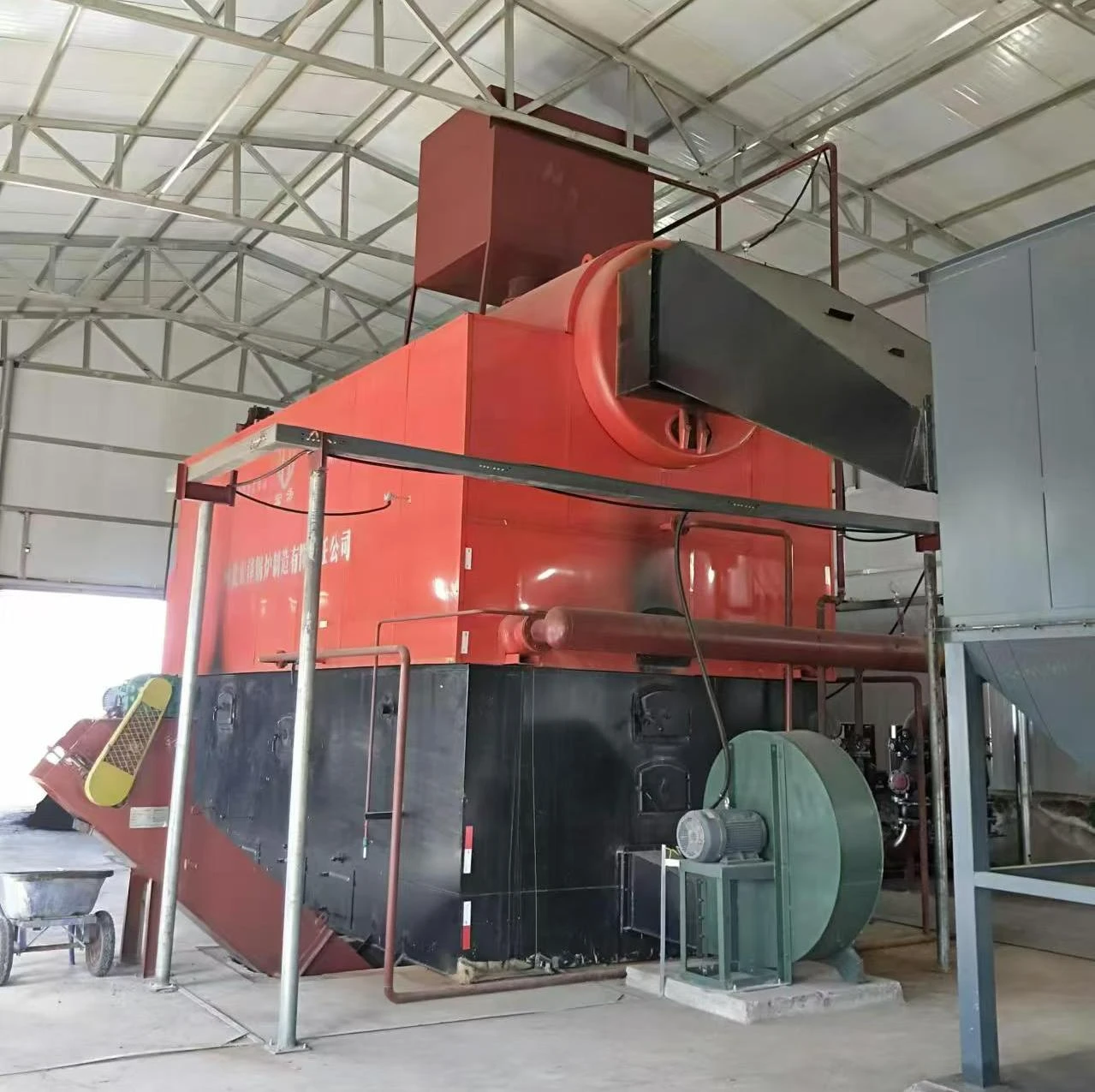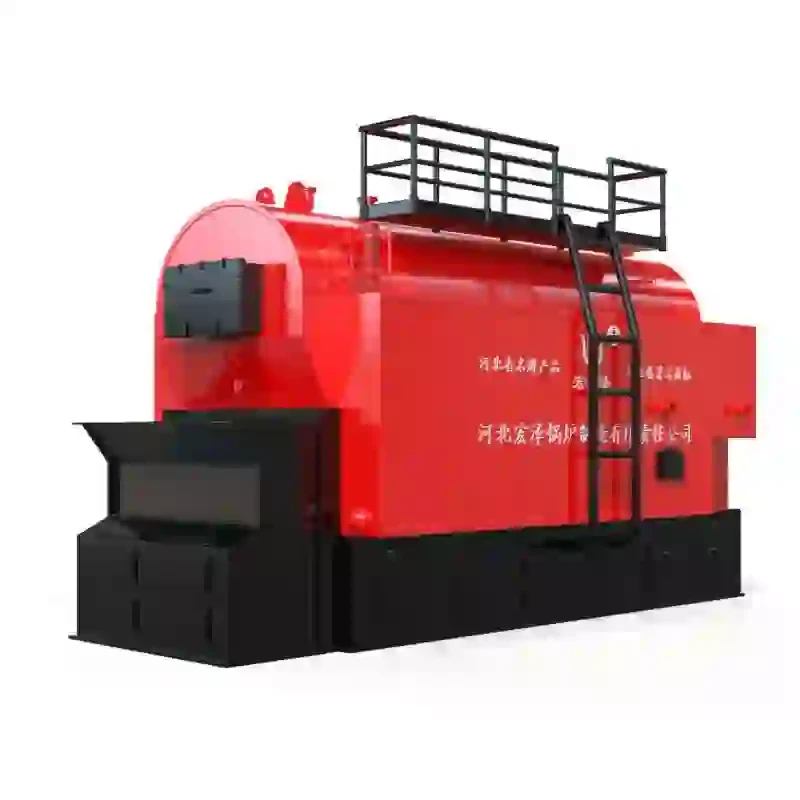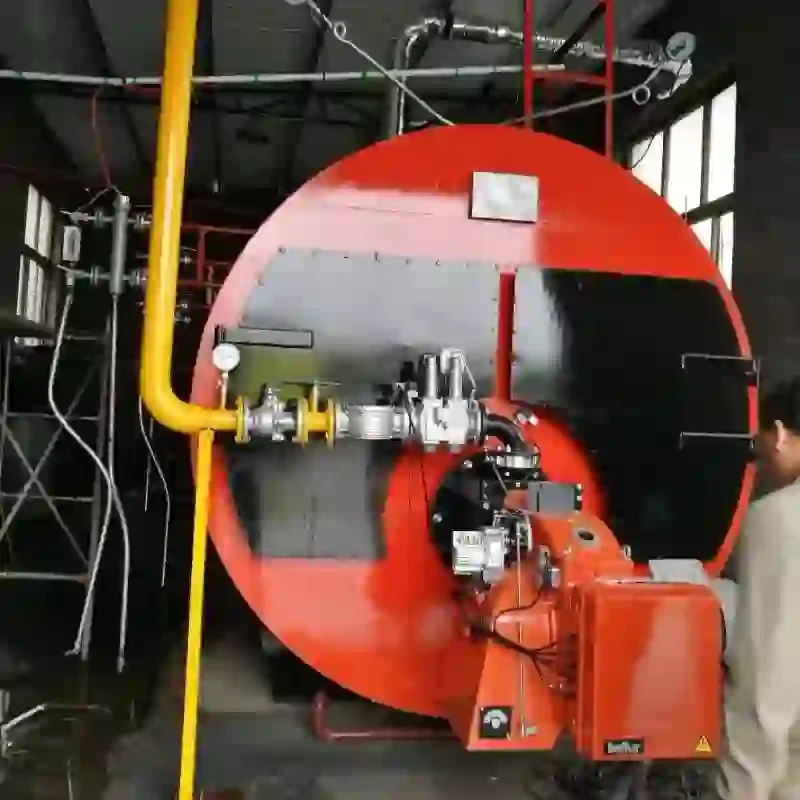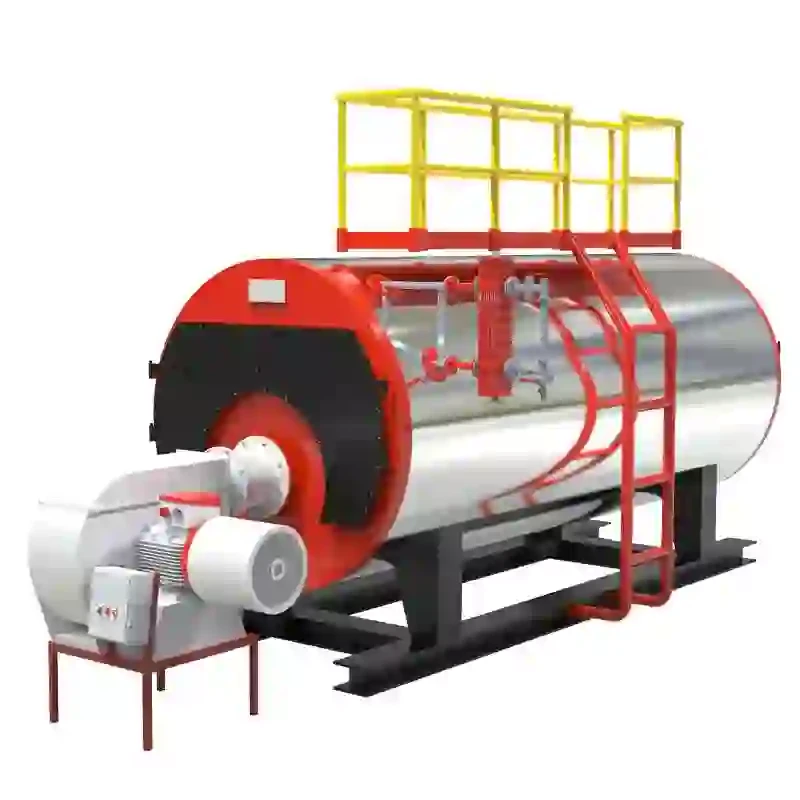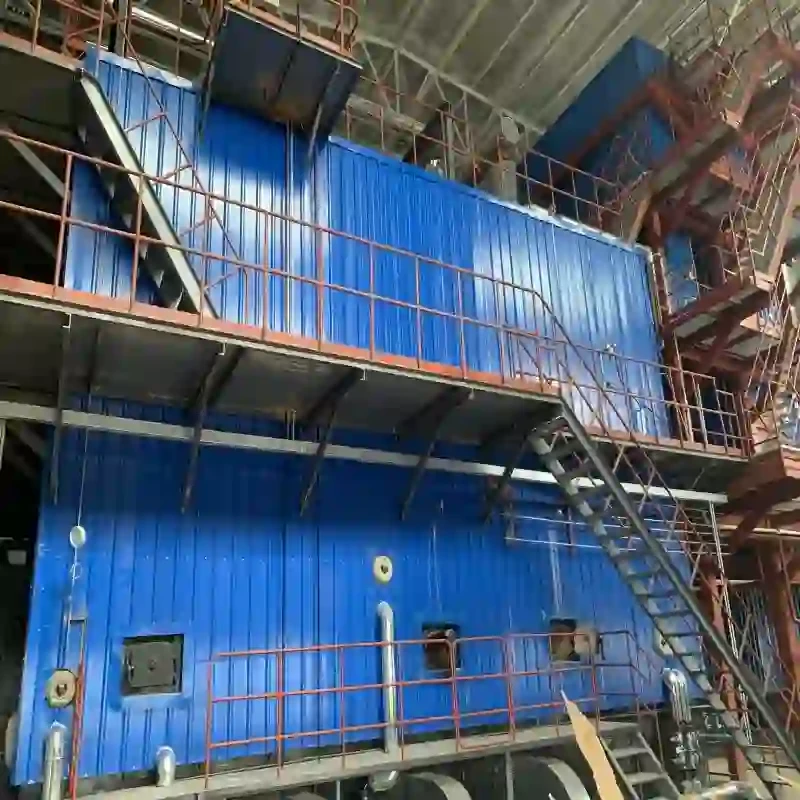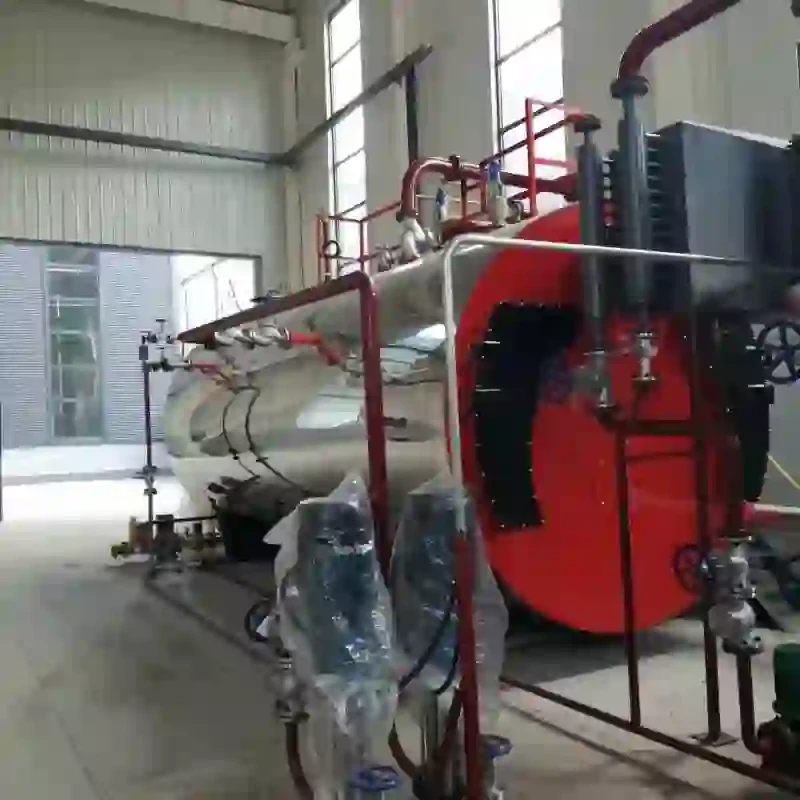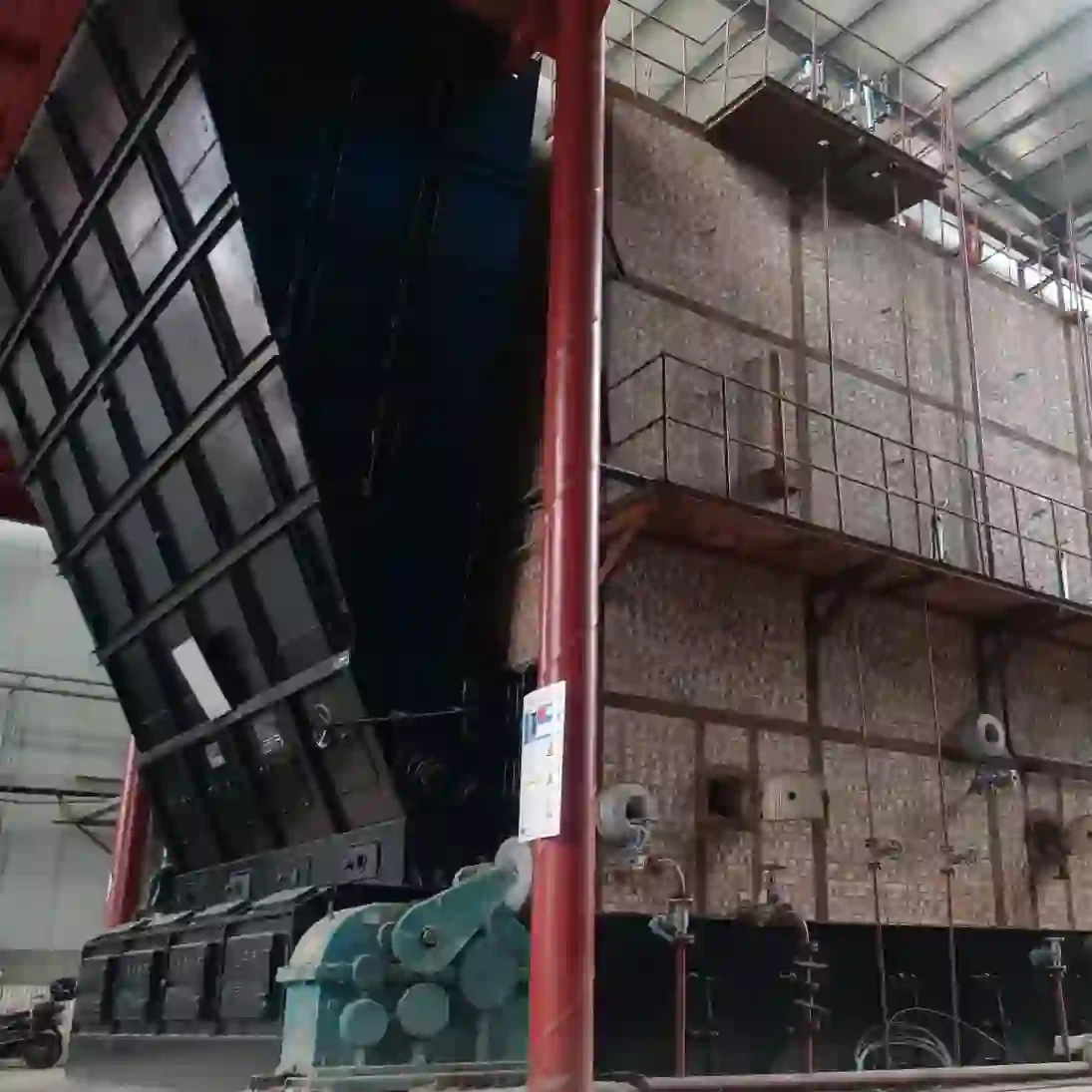
Oct . 06, 2025 10:00 Back to list
Biomass Fired Steam Boiler: Cut Fuel Costs & Emissions?
What I’m Seeing in Biomass Steam: Practical Notes from the Boiler Room
If you’ve been watching heat and steam decarbonization even casually, you’ll know why a biomass fired steam boiler keeps cropping up in boardroom slides. Rising gas volatility, Scope 1 targets, and (let’s be honest) relentless fuel security concerns are nudging plants toward more resilient, locally sourced energy. Some folks call biomass “old tech,” but the control systems and emissions handling today are nothing like the kit we saw a decade ago.

Industry trend check (quick and real)
- Fuel hedging: pellets, briquettes, agri-residues—users want optionality, not lock-in.
- Compliance: tighter PM and NOx caps; baghouses and staged combustion are now standard, not “nice-to-have.”
- Digital: PLC/SCADA with O2 trim and fuel feed modulation. Remote diagnostics are surprisingly handy.
What this system is, in practice
This biomass fired steam boiler line covers rated steam 1–200 t/h, 1–2.5 MPa working pressure. Fuels: biomass briquettes, pellets, wood, rice husk, peanut shell, crop straw—basically the feedstock most sites can source regionally. I’ve seen it paired with both chain and reciprocating grates; for high-moisture fuels, a step/recip grate with staged air is forgiving.
Process flow (shop-floor version)
- Fuel reception and screening → silo → metered screw/chain conveyors.
- Furnace with grate firing; primary/secondary air with O2 trim for stable combustion.
- Water-tube heat exchange surfaces (drum + membrane walls), then superheater if configured.
- Economizer and, often, an air preheater for efficiency bump.
- Flue gas cleaning: multicyclone + bag filter; optional SNCR for NOx if local limits demand.
- Steam header, desuperheating (if required), condensate return, and water treatment loop.
| Rated steam capacity | 1–200 t/h | Working pressure | 1–2.5 MPa |
| Steam temperature | Saturated ≈184–225°C | Thermal efficiency | ≈85–92% (LHV) |
| Fuel types | Pellets, briquettes, wood, rice husk, shells, straw | Fuel moisture tolerance | ≈10–45% (with proper grate/air) |
| Materials | SA-516 Gr.70 drum; SA-210/SA-192 tubes | Standards | ASME I / EN 12952 / GB |
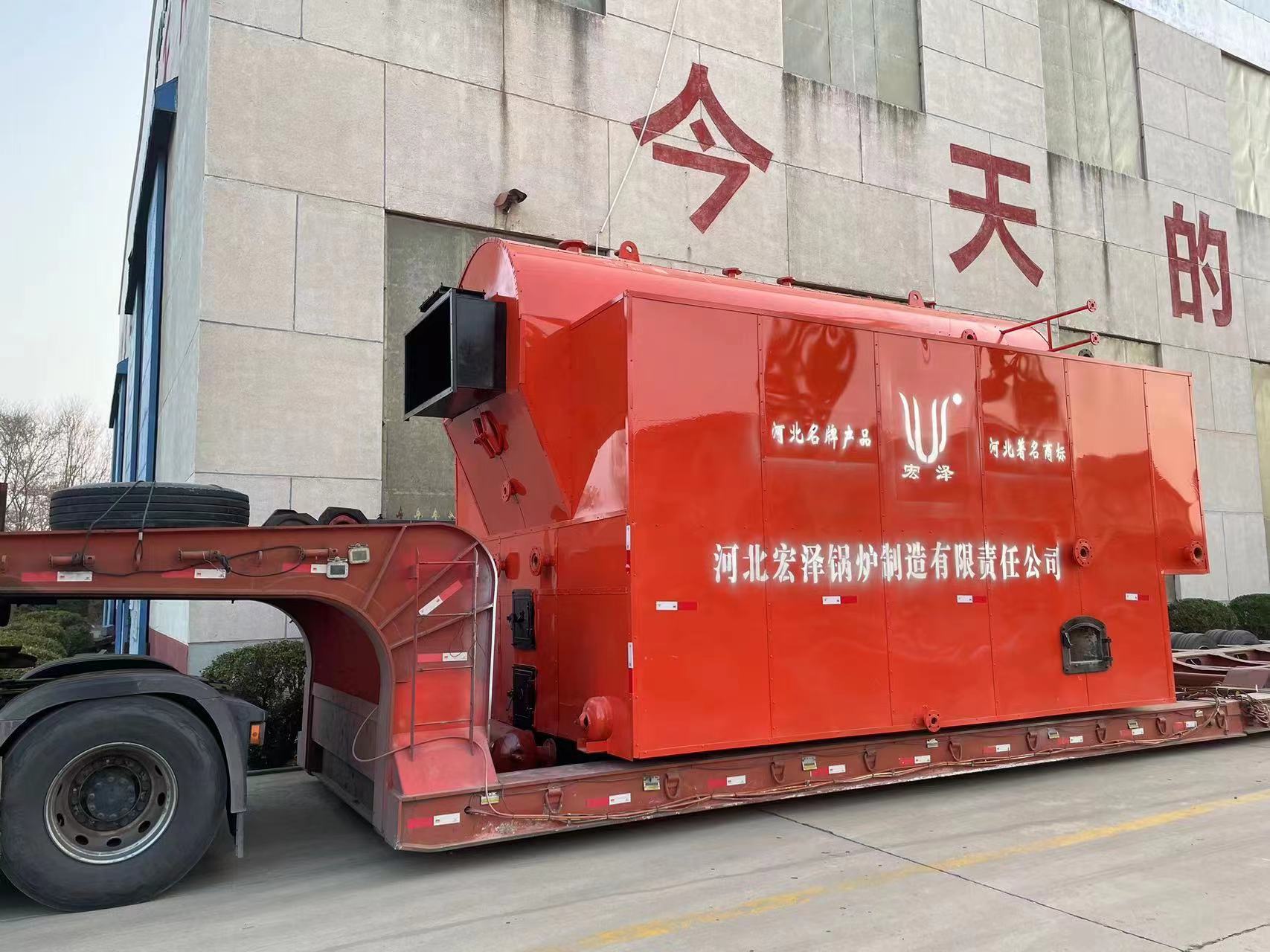
Where it fits
Food & beverage, textiles/dyeing, pulp & paper, wood processing, district heating, and agro-processing. Many customers say the biggest surprise is fuel flexibility—switching from pellets to ag residues during harvest season can be a genuine cost lever.
Testing, compliance, and service life
- Hydrostatic test at 1.5× design pressure; NDT (RT/UT) per ISO 9712 level II/III.
- Water-side per GB/T 1576 or local equivalent; factory performance test to ASME PTC standards where specified.
- Emissions: PM
- Service life: ≈20–25 years with proper water chemistry and sootblowing regime.
- Certifications available: ISO 9001, CE (module B+D), ASME “S” stamp upon request.
| Criteria | HZ Boiler (Hengshui) | Vendor A (Low-cost) | Vendor B (EU) |
|---|---|---|---|
| Fuel flexibility | Pellets to residues; grate options | Mostly pellets | Pellets/briquettes |
| Efficiency (HHV) | ≈82–88% | ≈78–84% | ≈83–89% |
| Certs | ISO/CE; ASME on request | Basic ISO | CE/EN focus |
| Lead time | ≈8–14 weeks | ≈6–10 weeks | ≈12–20 weeks |
Customization menu (what people actually request)
- Grate type: chain vs. reciprocating; fuel feed geometry tweaks for husk/straw.
- Controls: PLC with O2 trim, VFD fans, steam flow metering, remote access.
- Emissions kit: baghouse size-up, SNCR, optional wet scrubber for specific fuels.
- Balance-of-plant: condensate polishers, deaerators, water softening/RO.

Snapshots from the field
- Textiles, 10 t/h: shifted from LPG; steam cost down ≈28%, PM at stack 21 mg/Nm³ after bag filter. Operator said start-ups were “less fussy than expected.”
- Rice mill, 6 t/h: runs on husk; ash sold to cement maker. Seasonal fuel saves ≈35% vs. imported pellets.
- Beverage plant, 20 t/h: O2 trim shaved ≈2–3% fuel use. NOx held below 180 mg/Nm³ with staged air.
Factory origin: No.2 Suheng North Street, Raoyang County, Hengshui City. If you’re auditing suppliers, it helps to walk the shop floor—welding procedures, tube expansion quality, and hydrotest discipline tell you more than any brochure.
References
- IEA Bioenergy: Biomass combustion and emission performance. https://www.ieabioenergy.com
- ASME Boiler & Pressure Vessel Code, Section I – Power Boilers. https://www.asme.org
- ISO 16528: Boilers and pressure vessels – performance and safety. https://www.iso.org
- EN 12952/12953: Water-tube and shell boiler standards. https://standards.cen.eu
- EPA AP-42, Chapter 1.6 – Wood Residue Combustion in Boilers. https://www.epa.gov
-
Comprehensive Guide to Steam Boiler Installation Diagram – Global Best Practices and Future Trends
NewsNov.24,2025
-
A Practical Guide to the Selection of Steam Boiler for Industrial Efficiency
NewsNov.23,2025
-
Comprehensive Guide to Steam Boiler PDF Manuals and Their Global Impact
NewsNov.22,2025
-
Discover How Steam Boiler Videos Improve Industrial Training & Safety
NewsNov.22,2025
-
Comprehensive Guide to Wood Fired Steam Boiler Design – Efficiency, Applications, and Innovations
NewsNov.21,2025
-
Comprehensive Guide to Steam Boiler Working – Efficiency & Applications
NewsNov.20,2025
Related PRODUCTS






